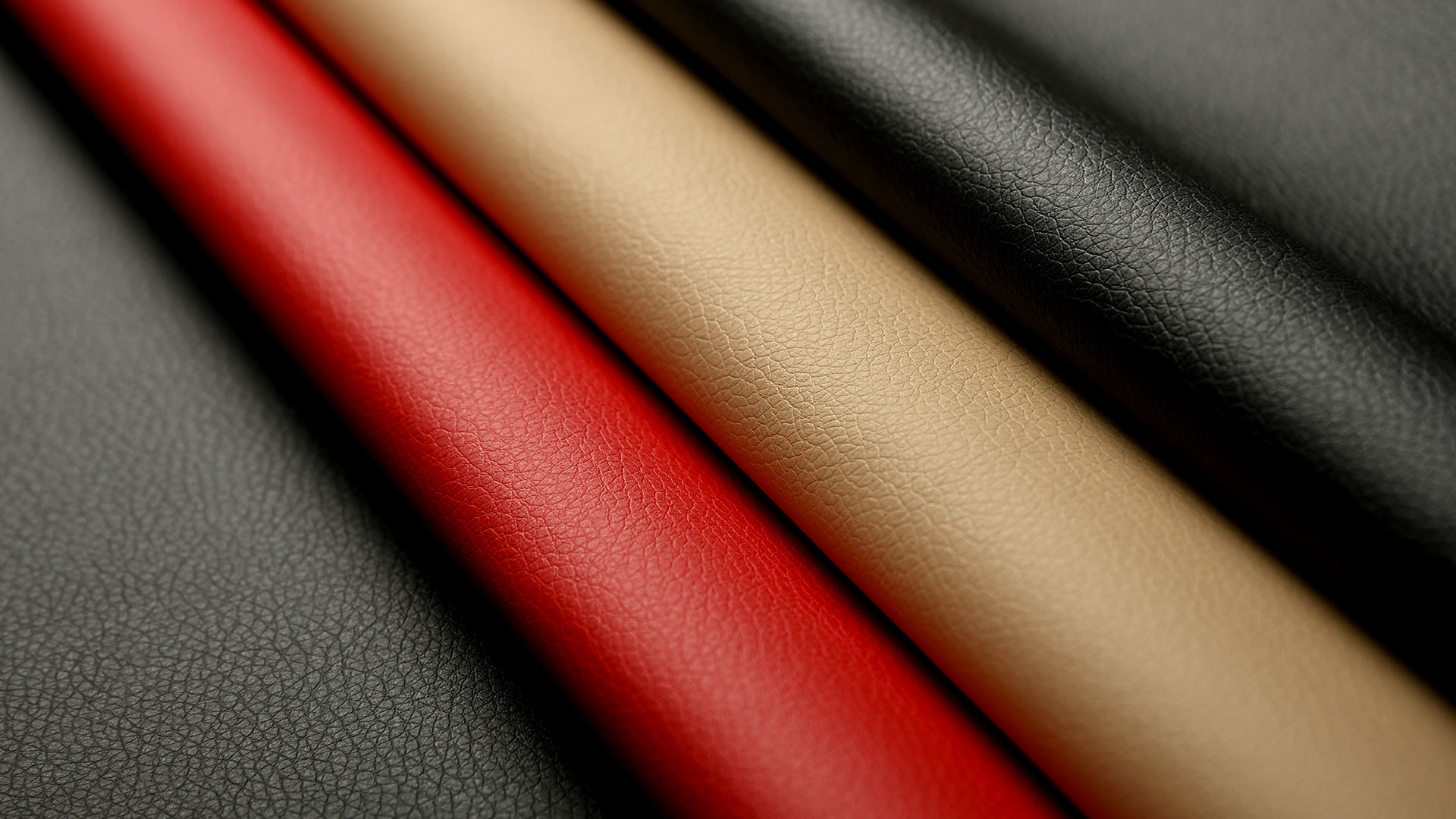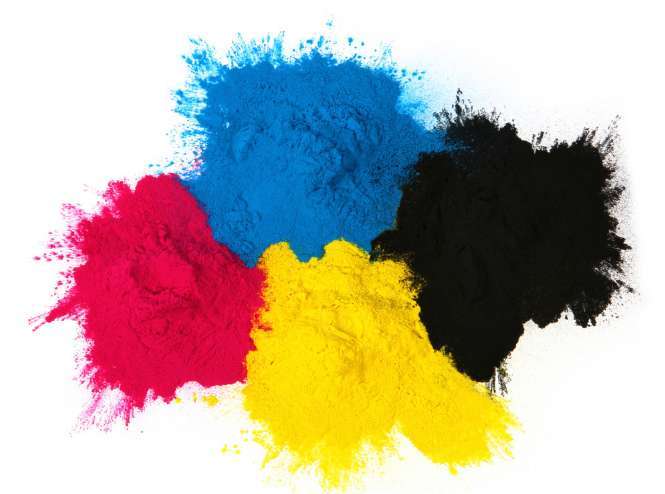Precautions for the Use of Acid Dyes
1. Carefully select acidic dyes
Metal complex dyes containing copper, chromium, and nickel are dyes prepared in advance with specific structures of dyes and metal complexing agents. There are93 types of acidic metal complex dyes. According to EU regulations, when used for dyeing related fibers, the amount of dye discharged into wastewater after dyeing with each acidic dye should be less than 7%, meaning the coloring rate of metal complex dyes should be greater than 93%. At the same time, copper or nickel should not exceed 75ms/Ks fiber, and chromium should not exceed 50m ore Ks fiber. Therefore, the selected dyes need to have a certain purity.

2. Water for dyeing
The hardness of the dyeing water for acidic dyes should be100-150 mg/kg. If the water hardness is high, a chelating agent of 0.5-2 s/L can be added to improve water quality and ensure dyeing. However, chelating agents such as phosphates or surfactants can damage the integrity of the dye to varying degrees, affecting brightness and color fastness. Therefore, chelating agents must be carefully selected during dyeing and should not be used blindly.
3. Material preparation method
Due to the inconsistent solubility of acidic dyes, it is necessary to treat them differently. Generally, they are first mixed with cold water and then diluted with hot or boiling water. Sometimes, commercial dyes contain fillers, making them difficult to dissolve. If necessary, boiling and stirring are required until completely dissolved. Finally, after filtering, they should be slowly injected into the cylinder to prevent the formation of color spots.
4. Fabric pretreatment
Due to the presence of grease, sizing agents, impurities, and natural pigments in the fabric. Practice has shown that pretreatment of pure textiles is easy, while pretreatment of blended textiles is difficult, but good permeability (wetting) must be ensured before dyeing, which depends on the specific variety.
5. The role of acid
Sulfuric acid, formic acid, and acetic acid are all acids and dye accelerators for acid complex dyes. Sometimes, to further enhance dye absorption, acid is added during dyeing.6. The role of sodium hydrosulfite
Sometimes acidic dyes need to be dyed under conditions where the pH is below 4, so sodium sulfate can be used as a stabilizer. Conversely, if the pH of the dye bath medium is above 4, sodium sulfate should not be used, as it increases the tendency of the dye to aggregate, and non-ionic surfactants such as OP emulsifiers should be used as dye stabilizers.7. Neutralization
Alkalis are mainly used for neutralization treatment after dyeing in strong acid media. The purpose is to reduce ionized amino groups back to non-ionized amino groups after dyeing, allowing the fibers to further bond with the dye. The dosage can be determined by the actual acidity and alkalinity of the dye before neutralization. Ammonia water is generally
1 ml/L, and soda ash is 2-3 g/L, treated at a temperature of 40-50 bar for 20-30 minutes. After neutralization, thoroughly wash.8. When dyeing is terminated, the temperature of the washing drum should not be too low. Generally, it should be controlled at 50-60 ℃, mainly to prevent the fabric from wrinkling, especially wool and polyamide fibers, which are difficult to repair once wrinkled.
9. Acidic dyes have varying degrees of thermal sensitivity, especially red and blue. Therefore, during the drying process, the temperature should not be too high to avoid color change after recovery.
9.酸性染料有不同程度的热感度,尤其是红色和蓝色。因此,在干燥过程中,温度不宜过高,以免变色后恢复。
Latest developments






